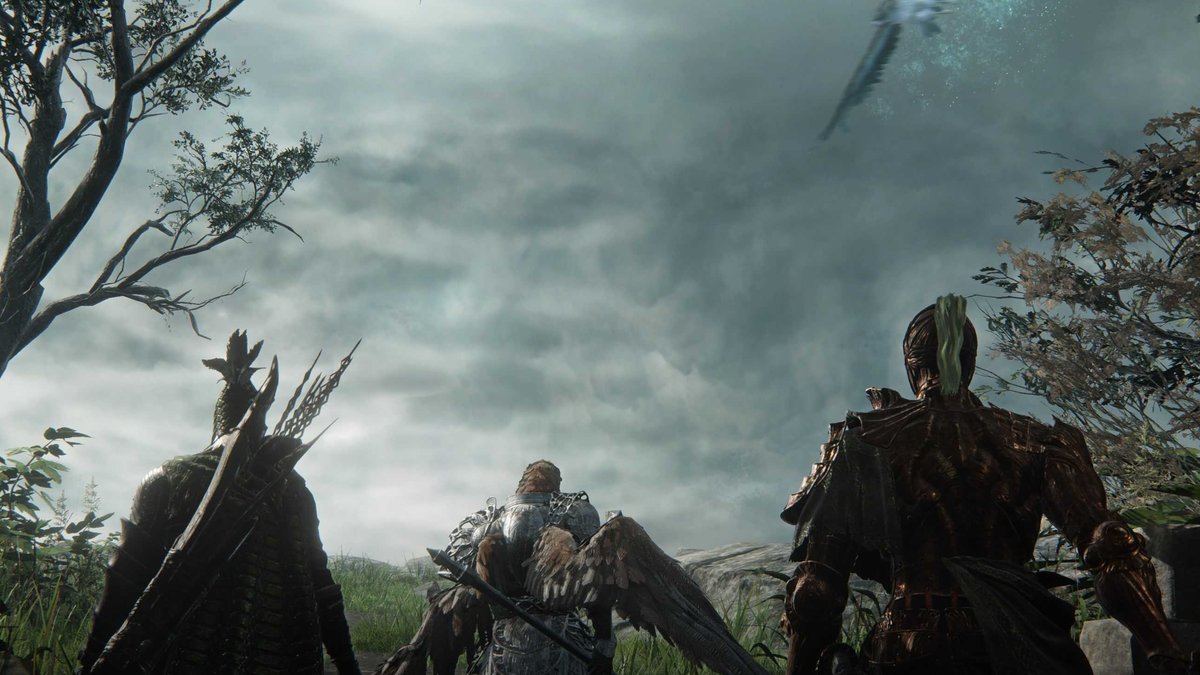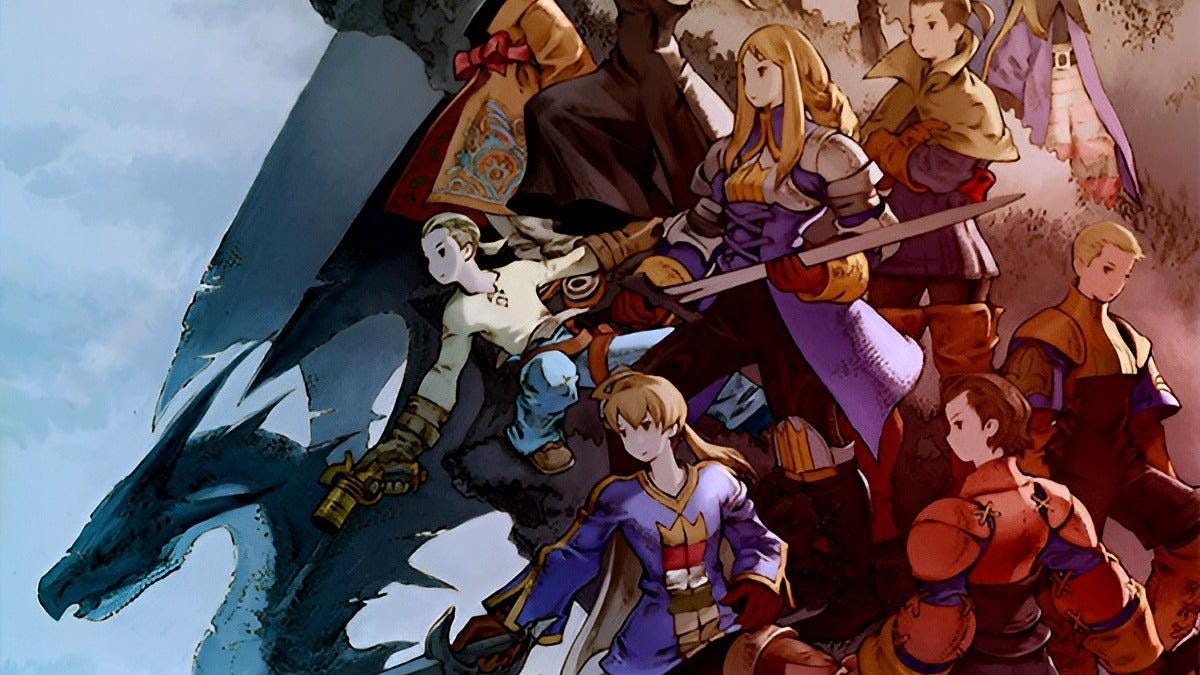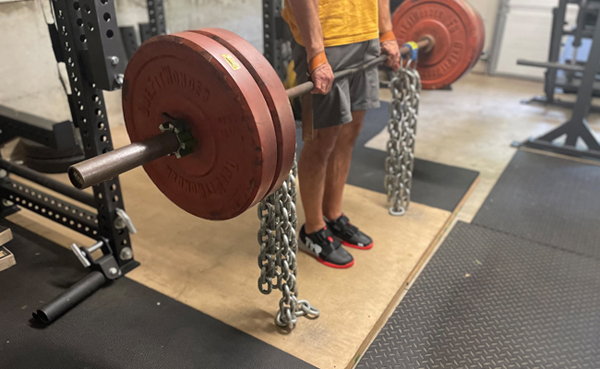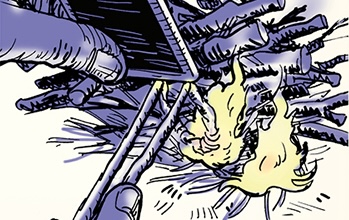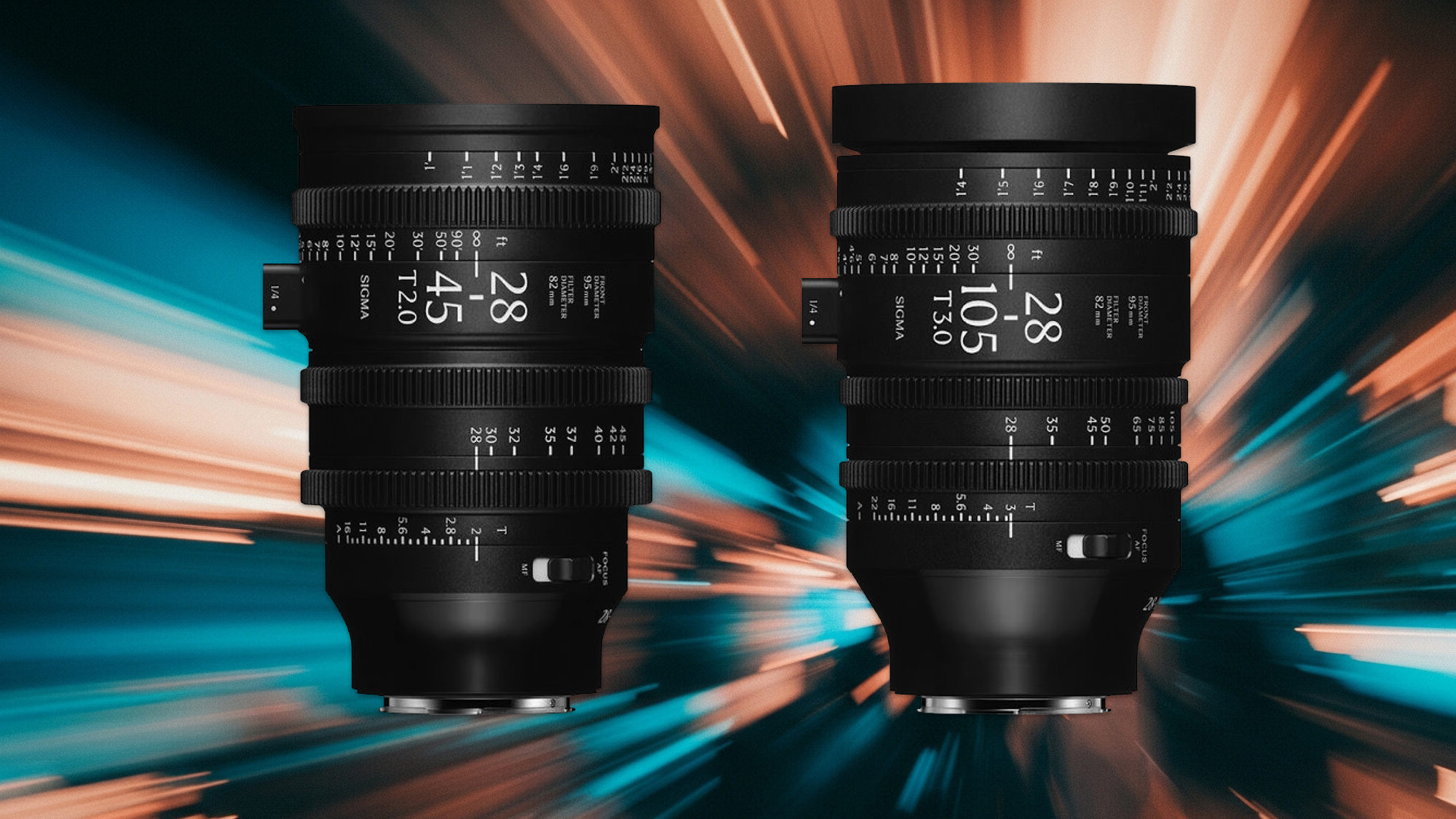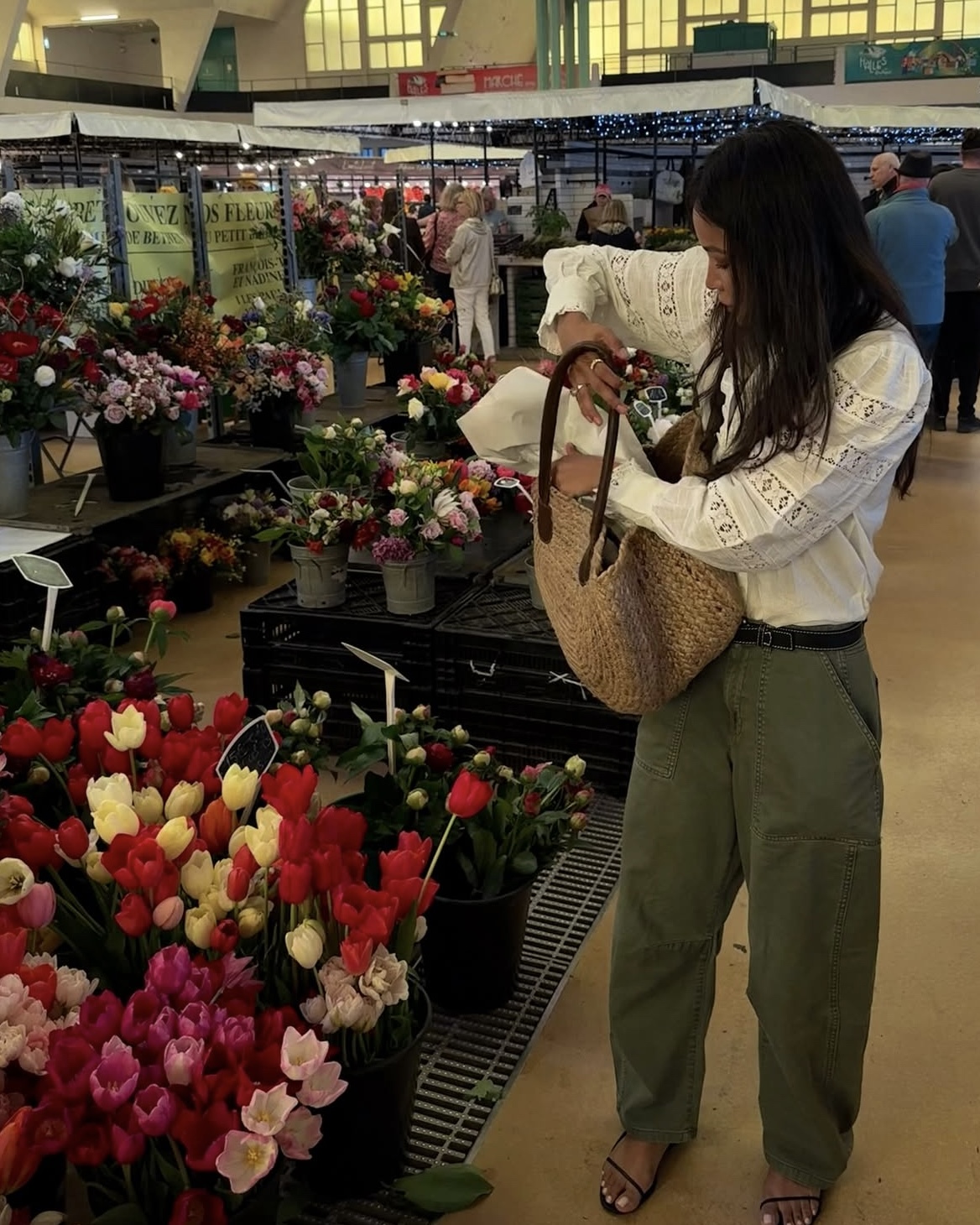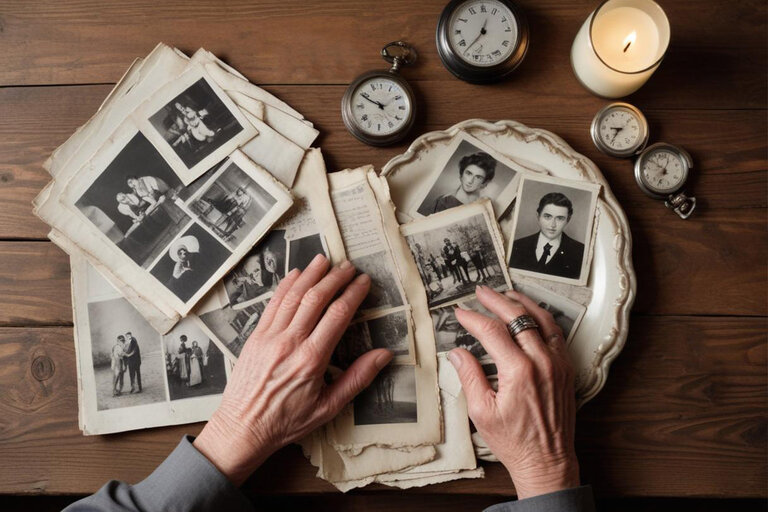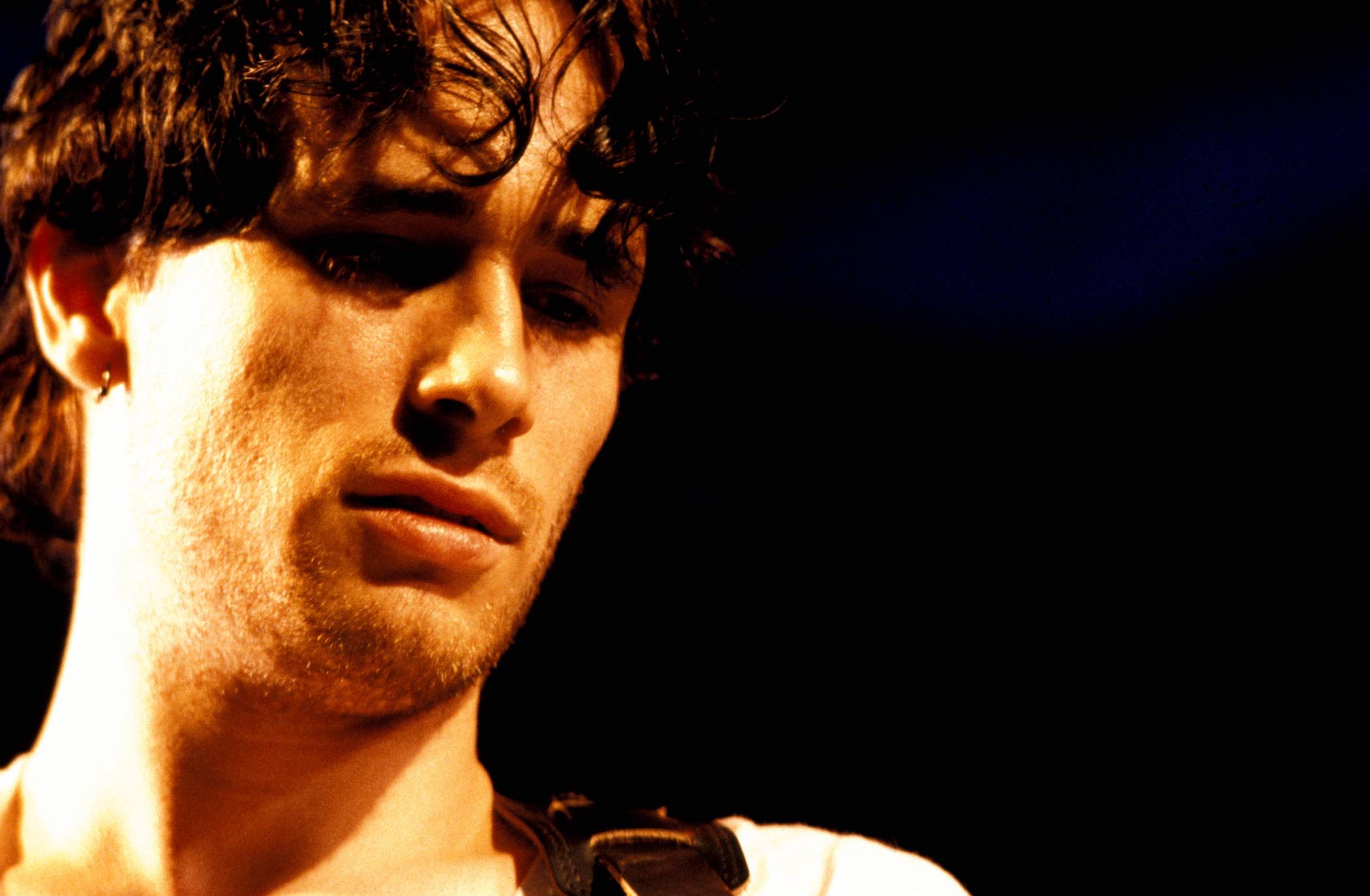How the iPhone Saved Photography (Not Killed It)
The post How the iPhone Saved Photography (Not Killed It) appeared first on Digital Photography School. It was authored by Sime. Maybe this is a controversial take, but here goes… I’d be keen to hear your thoughts! Leave a comment. Remember when people were saying the iPhone would be the death of the photography industry? When the first few generations of smartphones started adding cameras, there was a genuine wave of panic among professionals. The logic […] The post How the iPhone Saved Photography (Not Killed It) appeared first on Digital Photography School. It was authored by Sime.

The post How the iPhone Saved Photography (Not Killed It) appeared first on Digital Photography School. It was authored by Sime.

Maybe this is a controversial take, but here goes… I’d be keen to hear your thoughts! Leave a comment.
Remember when people were saying the iPhone would be the death of the photography industry?
When the first few generations of smartphones started adding cameras, there was a genuine wave of panic among professionals. The logic was simple: if everyone had a camera in their pocket, who would pay for a photographer?
Fast-forward to today, and we can see that while the industry has changed, photography is far from dead. In fact, I’d argue the iPhone has actually helped photography thrive in ways we couldn’t have imagined a decade ago.

Everyone’s a Photographer Now (And That’s Not a Bad Thing)
The barrier to entry used to be high. You needed a proper camera, some technical know-how, and access to darkrooms or editing software. Now? Just unlock your phone. Granted, a top of the line phone is no cheap ask, but it IS a phone first, not a camera, or is it? More on that in another article maybe…
Millions of people who might never have picked up a Mirrorless / DSLR are now thinking about light, composition, storytelling. They’re documenting everyday life, playing with perspective, and sharing it all with the world.
The result? A global explosion of visual creativity.
The Rise of the Visual Language
Thanks to smartphone cameras, visual communication is now as common as texting. We send photos to say “look at this,” “I was here,” or even “I love you.” In doing so, we’ve all become more visually literate. That helps the whole industry, because the more people care about photos, the more they appreciate what makes a good one.
More Demand for Quality
Ironically, the proliferation of photos has increased demand for high-quality work. Brands, publications, and creators need images that cut through the noise. So while smartphones flooded the world with snapshots, they also raised the profile of skilled professionals who know how to craft an image with impact.
The iPhone as a Gateway Drug
Ask any photographer today how they got started, and chances are good they’ll say it began with their phone. The iPhone has become a gateway into more serious photography. Once someone realises they enjoy shooting with their phone, it’s a short step to learning about lenses, aperture, manual controls—and suddenly, they’re hooked.

Professional Tools in Your Pocket
Let’s not forget that the iPhone itself has evolved into a serious tool. Computational photography, RAW shooting, multi-lens systems—all built into a device that fits in your back pocket. It’s no longer just a casual snapper; it’s a Swiss Army knife for image-making.
My Final Thoughts
The iPhone didn’t destroy photography. It brought it to the masses. It made the medium more accessible, more social, and arguably, more valued than ever. The industry looks different now, yes—but it’s alive and kicking. Maybe even stronger.
What are your thoughts? Share them here in the comments or over on our Facebook or Insta
The post How the iPhone Saved Photography (Not Killed It) appeared first on Digital Photography School. It was authored by Sime.



![‘Silent Hill f’ Creeps Into a September 25 Release Date; New Gameplay Trailer Revealed [Watch]](https://bloody-disgusting.com/wp-content/uploads/2025/06/silenthillf.jpg)
![‘Bloodstained: The Scarlet Engagement’ Announced for 2026 [Trailer]](https://bloody-disgusting.com/wp-content/uploads/2025/06/bloodstained.jpg)
![‘Mortal Kombat: Legacy Kollection’ Coming to PlayStation Later This Year [Trailer]](https://bloody-disgusting.com/wp-content/uploads/2025/06/legacykollection.jpg)





















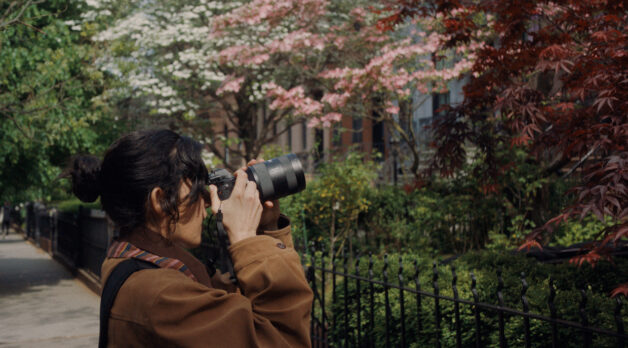

























![The Sweet Cheat [THE PAST REGAINED]](https://jonathanrosenbaum.net/wp-content/uploads/2011/05/timeregained-womanonstairs.png)


![A Depth in the Family [A HISTORY OF VIOLENCE]](https://jonathanrosenbaum.net/wp-content/uploads/2011/06/a-history-of-violence.jpg)






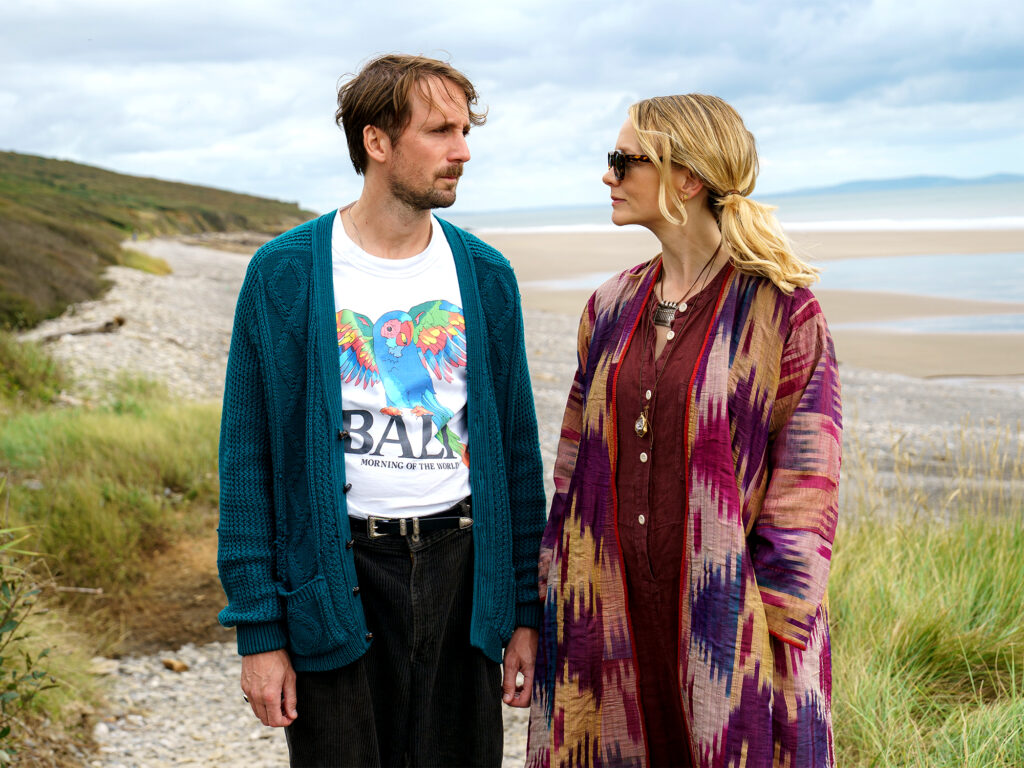








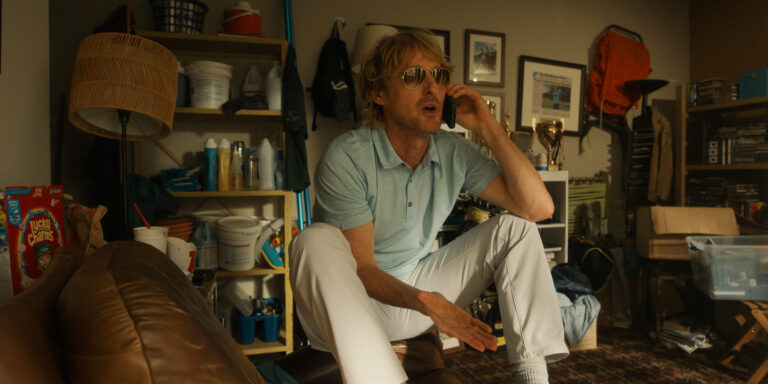
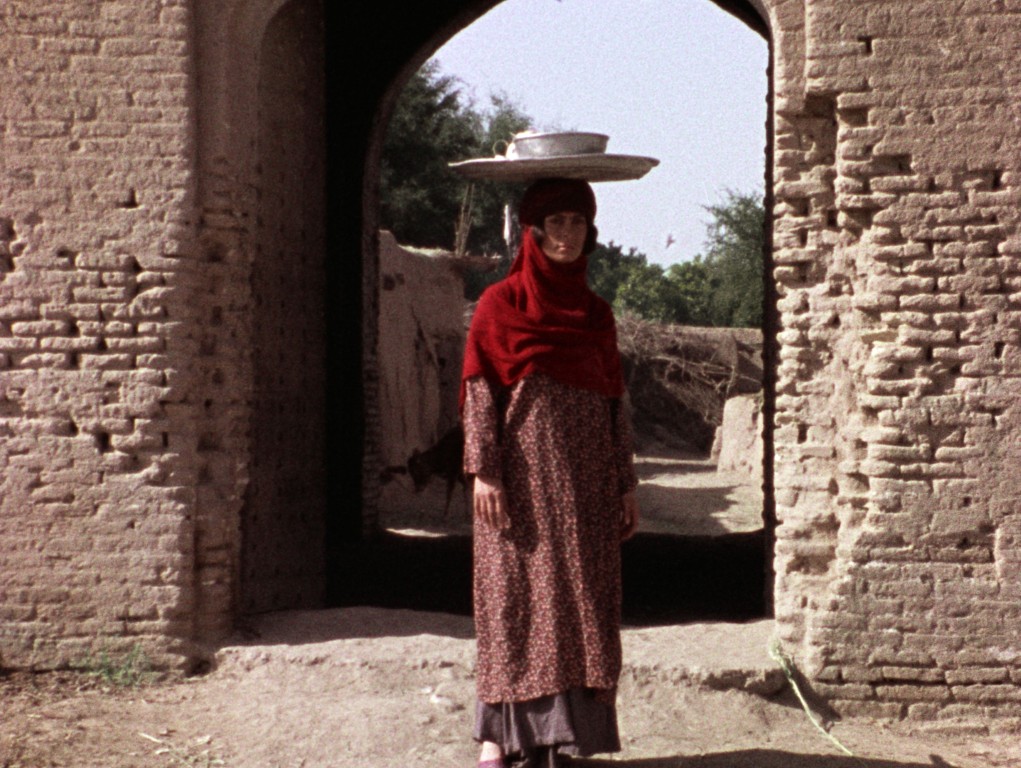

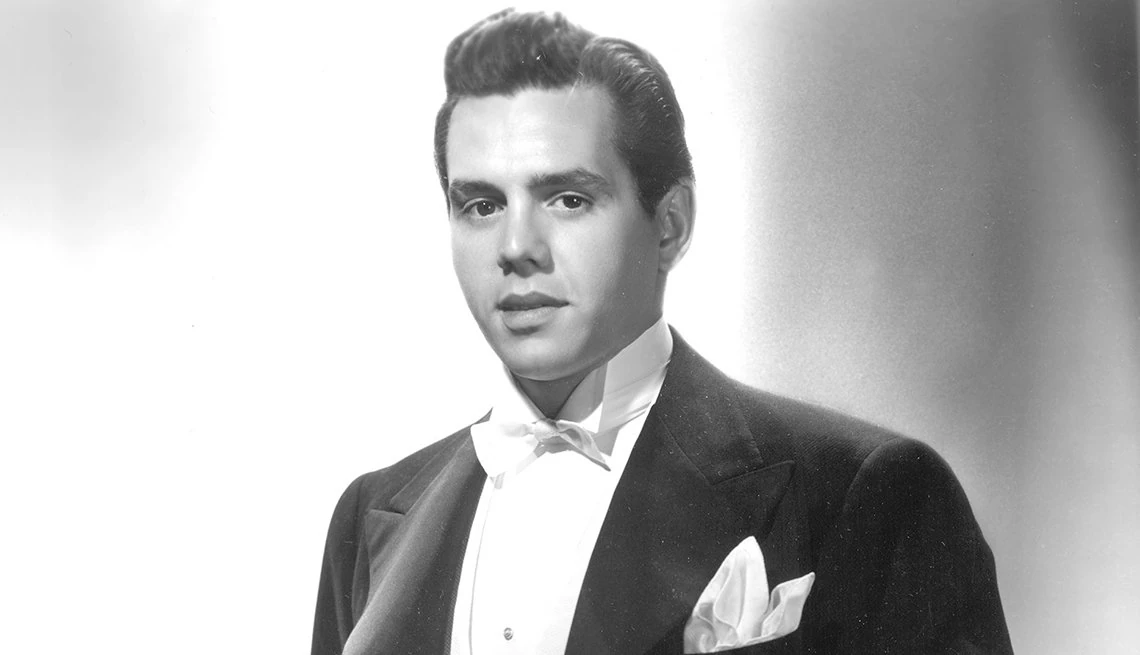




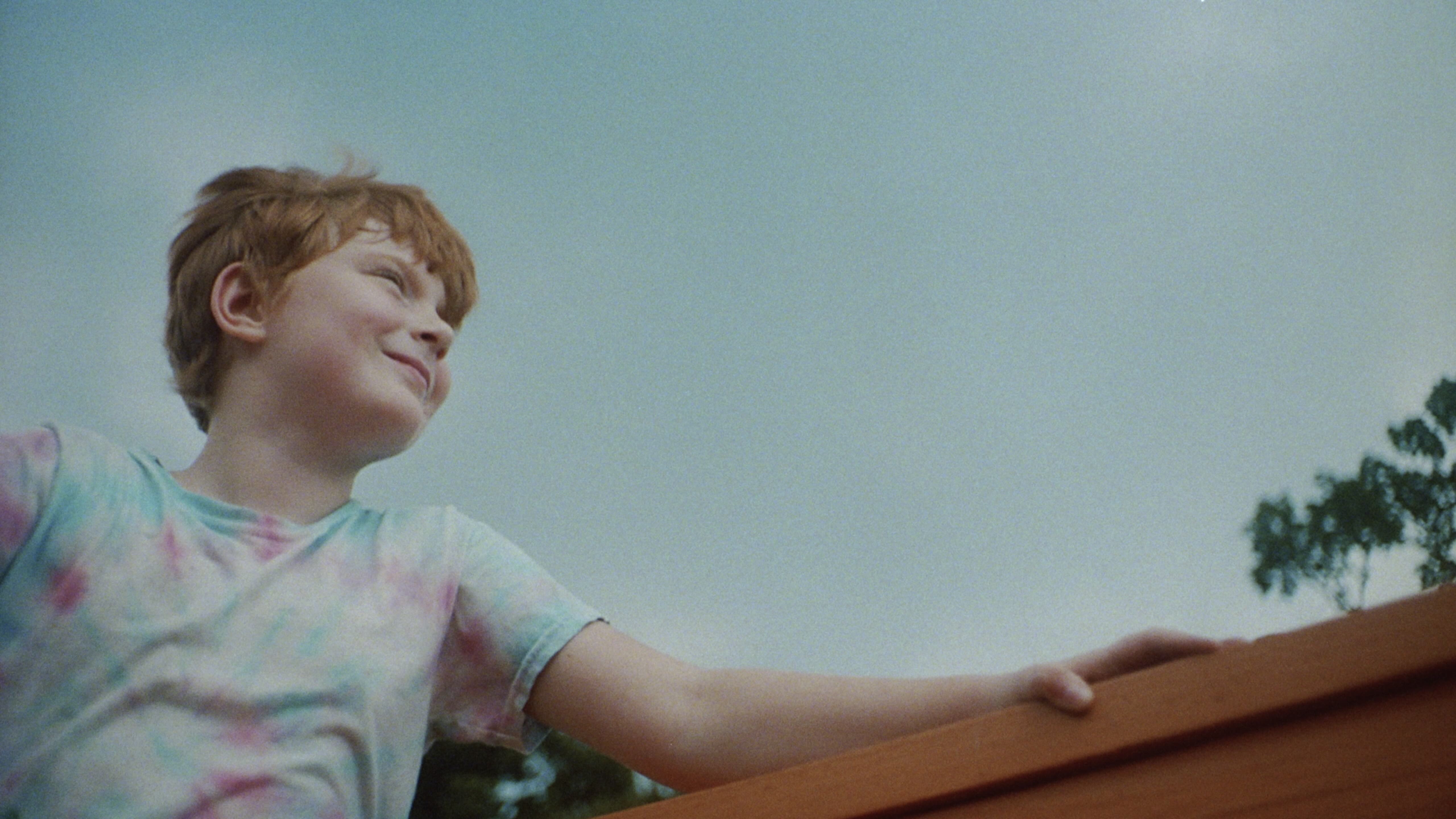
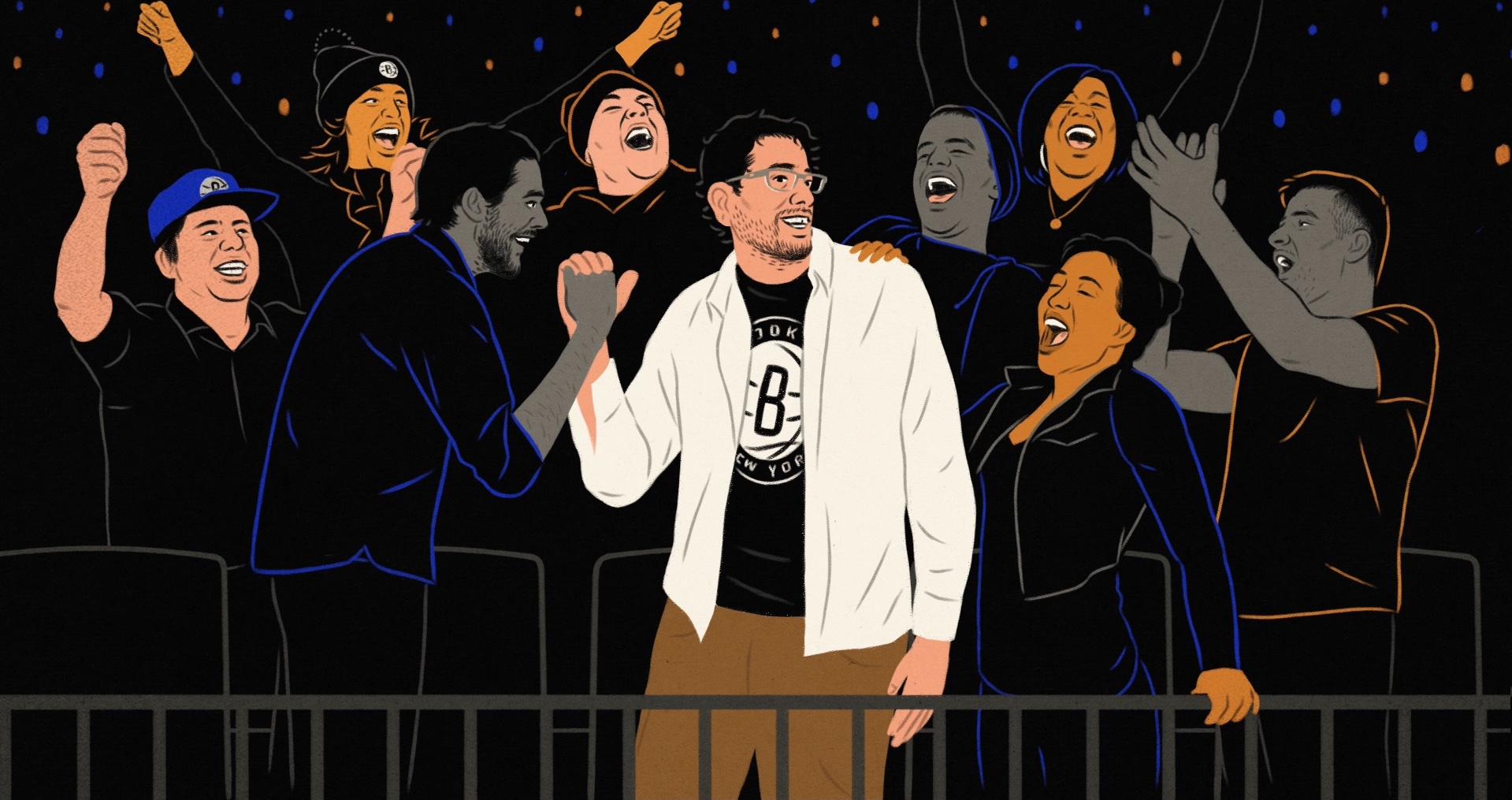

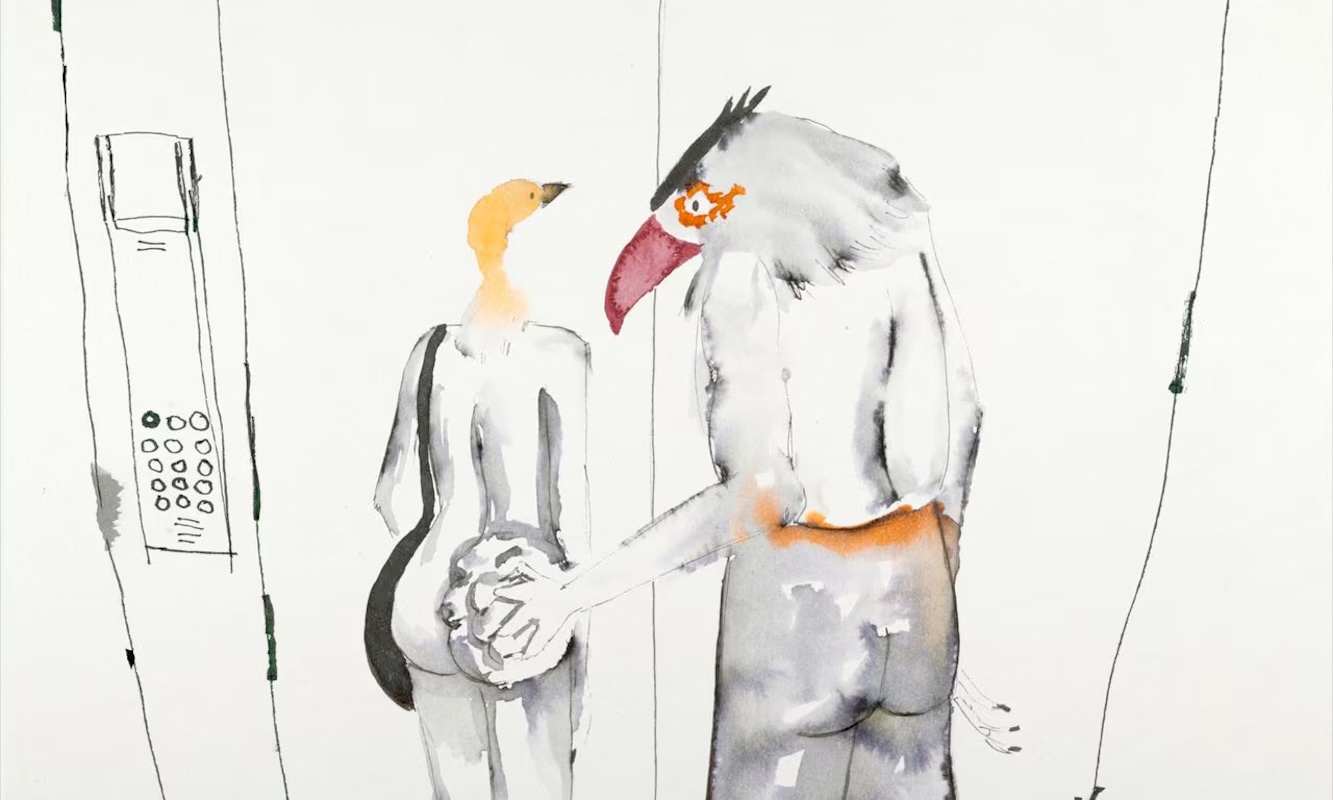


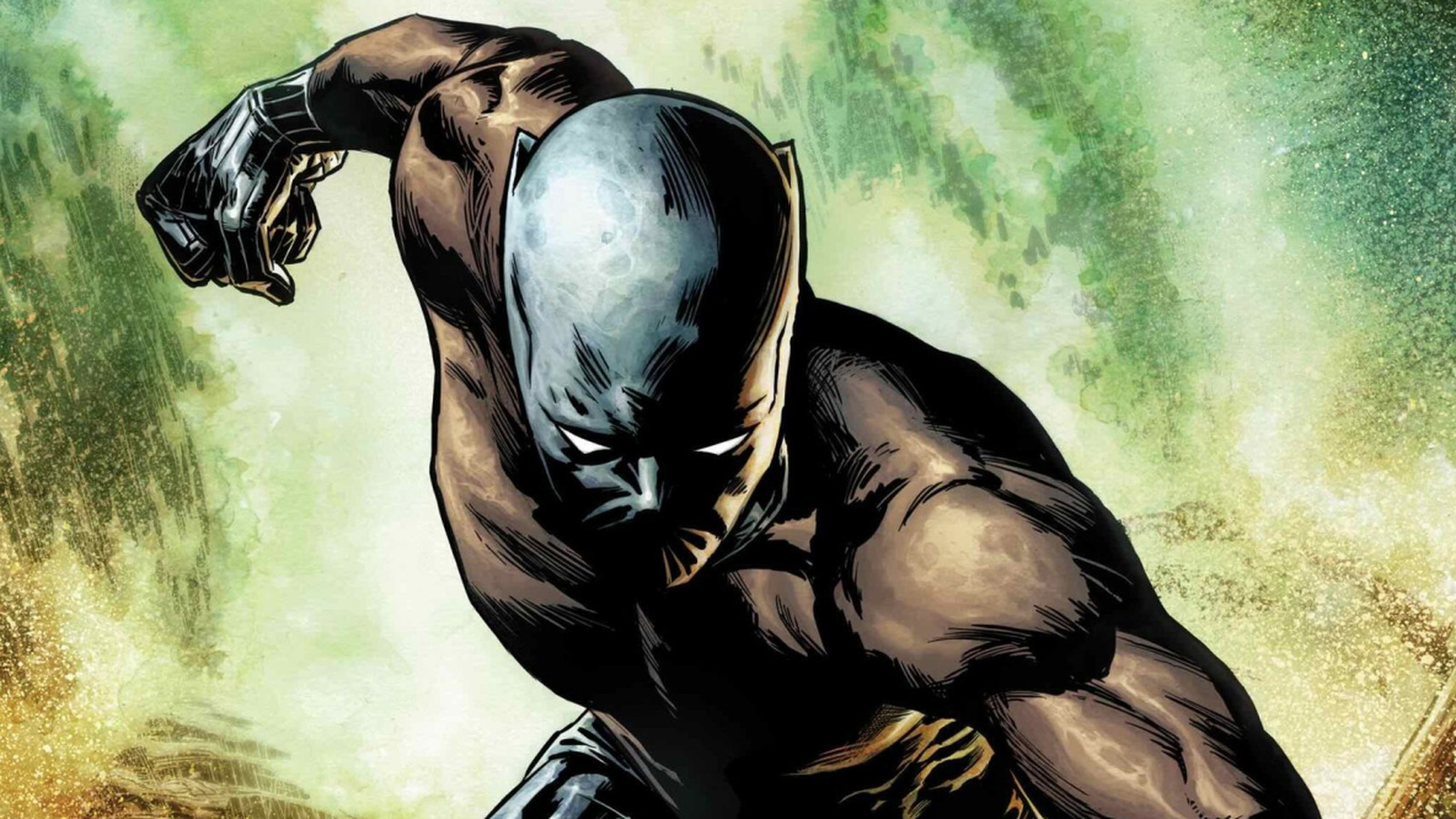











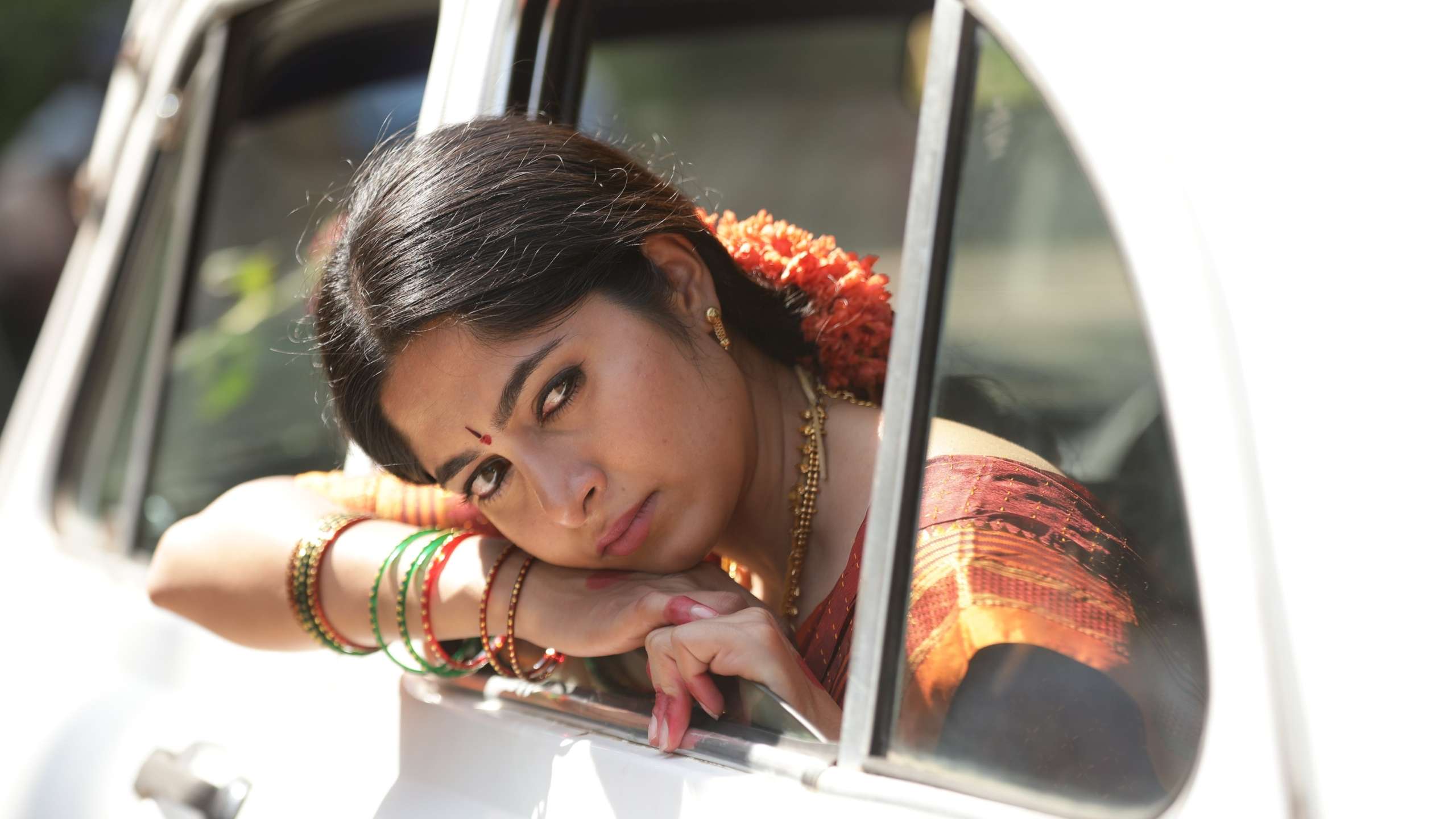






























































































































.png?width=1920&height=1920&fit=bounds&quality=70&format=jpg&auto=webp#)


















